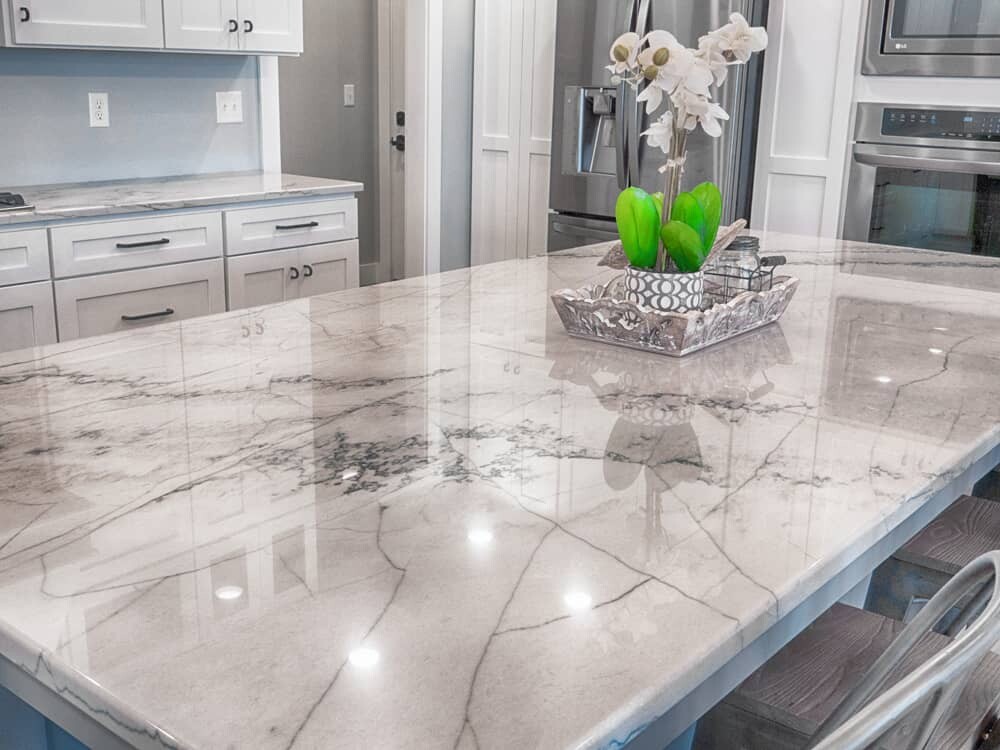Designing a Functional Kitchen: How Countertops Affect Workflow

When designing a kitchen, the choice of countertops plays a crucial role in creating a space that is not only visually appealing but also highly functional. Countertops are more than just a surface to prepare meals—they influence the entire workflow of your kitchen. Here’s how:
- **Work Zones and Layout**
The layout of your countertops directly affects your kitchen’s workflow. Efficient kitchen design often revolves around the “kitchen triangle,” which connects the sink, stove, and refrigerator. By ensuring your countertops provide ample space in these areas, you create natural work zones for prepping, cooking, and cleaning. For instance, a countertop that extends between the stove and sink allows for easy movement and access to ingredients and utensils.
- **Material Matters**
The material of your countertops also impacts workflow. Durable surfaces like quartz or granite are ideal for heavy cooking activities. They can withstand the heat of hot pans and are resistant to scratches and stains, making them perfect for busy kitchens. Conversely, more delicate materials may require extra care, potentially slowing down your workflow as you take steps to avoid damage.
- **Storage and Accessibility**
Countertops aren’t just for prep—they often double as storage spaces. Incorporating features like under-counter drawers, pull-out shelves, or built-in organizers can keep your most-used items within arm’s reach, enhancing your efficiency. A clutter-free countertop also means more room for food prep and less time spent clearing space.
- **Size and Surface Area**
The size and amount of countertop space you have can make or break your kitchen workflow. Larger surfaces allow you to spread out ingredients, tools, and appliances without feeling cramped. If you enjoy multitasking or cooking with others, expansive countertops enable simultaneous activities, from chopping vegetables to mixing dough, without getting in each other’s way.